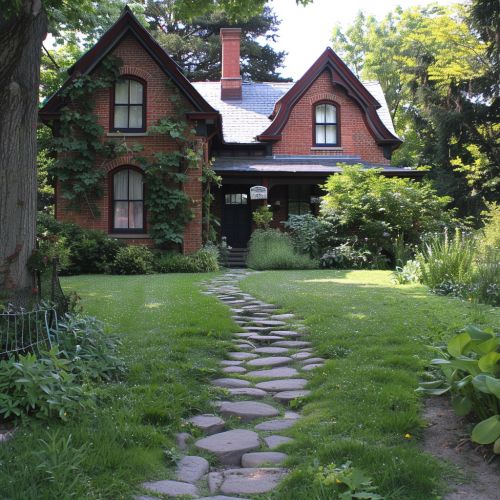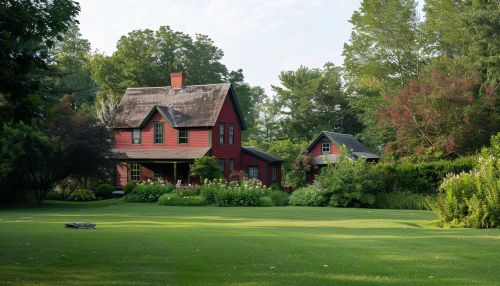Emily Dickinson
Early Life and Education
Emily Elizabeth Dickinson was born on December 10, 1830, in Amherst, Massachusetts, into a prominent family with strong ties to the community. Her father, Edward Dickinson, was a lawyer and a trustee of Amherst College, while her mother, Emily Norcross Dickinson, was a quiet and reserved woman. Emily had an older brother, Austin, and a younger sister, Lavinia. The Dickinson family was well-educated and encouraged intellectual pursuits.
Emily attended the Amherst Academy, where she received a classical education, studying subjects such as Latin, botany, geology, and arithmetic. She later attended Mount Holyoke Female Seminary (now Mount Holyoke College) for a year but returned home due to health issues and her reluctance to conform to the school's religious requirements.
Literary Career
Early Influences
Emily Dickinson's early literary influences included the Bible, classical mythology, and the works of Shakespeare, Emerson, and Barrett Browning. Her early poems, written in the 1850s, reflect these influences and often explore themes of nature, love, death, and immortality.
Correspondence and Mentorship
Dickinson maintained an extensive correspondence with friends, family, and literary figures, which played a crucial role in her development as a poet. One of her most significant correspondents was Thomas Wentworth Higginson, a literary critic and abolitionist. Higginson provided her with valuable feedback and encouragement, although he did not fully understand or appreciate her unique style.
Unique Style and Themes
Emily Dickinson's poetry is characterized by its unconventional use of punctuation, capitalization, and syntax. She often employed dashes, slant rhyme, and enjambment, which gave her work a distinctive and innovative quality. Her poems frequently explore themes of death, immortality, nature, and the inner workings of the human mind. Dickinson's introspective and contemplative approach to these subjects set her apart from her contemporaries.


Later Life and Seclusion
In the late 1850s, Dickinson began to withdraw from social life, eventually becoming reclusive. She rarely left her family home, known as the Homestead, and communicated with visitors through letters or from behind a closed door. Despite her seclusion, she remained intellectually active, reading extensively and writing prolifically.
Her reclusiveness has been the subject of much speculation, with theories ranging from agoraphobia to a response to personal losses and disappointments. Regardless of the reasons, this period of seclusion was also one of intense creativity for Dickinson, during which she produced the bulk of her poetic work.
Posthumous Publication and Legacy
Emily Dickinson's work was largely unpublished during her lifetime, with only a few poems appearing in newspapers and journals, often heavily edited. After her death on May 15, 1886, her sister Lavinia discovered a cache of nearly 1,800 poems. Lavinia enlisted the help of Mabel Loomis Todd and Thomas Wentworth Higginson to edit and publish the poems, resulting in the first collection, "Poems by Emily Dickinson," in 1890.
The initial publications were heavily edited to conform to contemporary poetic conventions, but later editions sought to preserve Dickinson's original style. The complete and unaltered collection of her poems was not published until the 1950s.
Today, Emily Dickinson is regarded as one of the most important and influential American poets. Her innovative use of language and form has inspired countless writers and scholars, and her work continues to be studied and celebrated for its depth, complexity, and emotional power.
